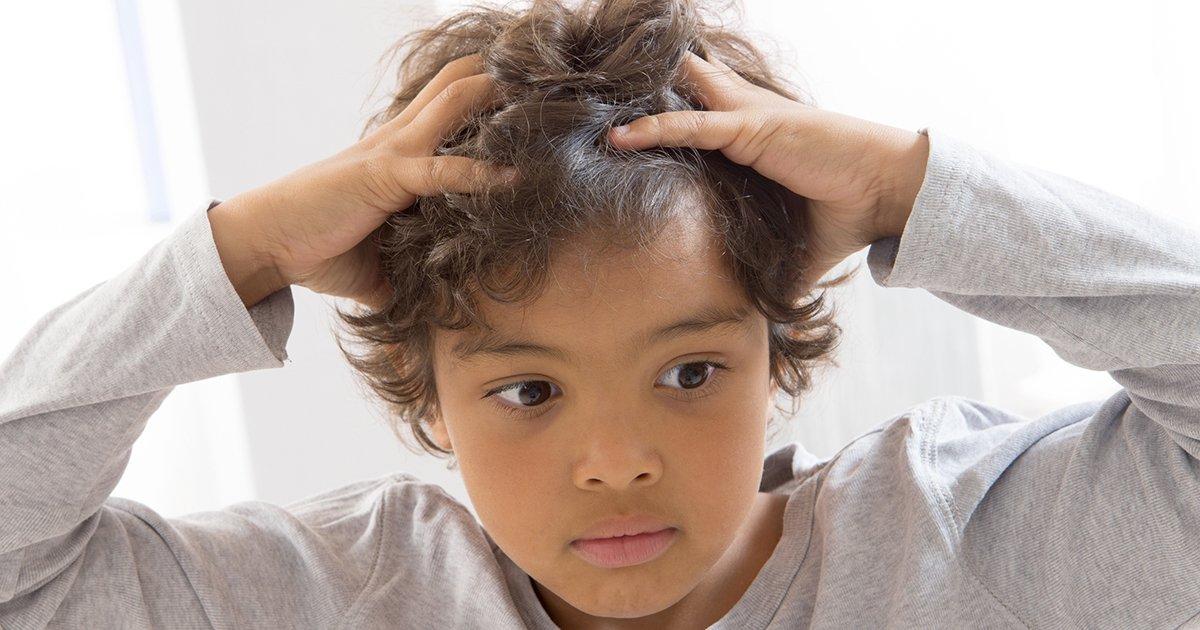Common Signs Of Head Lice
Approximately six to twelve million cases of children with head lice are reported every year. The scientific term for head louse (singular of lice) is Pediculus humanus capitis. You have probably heard about these tiny creatures since you were a kid and are now an adult but never had to deal with them personally. Now, you have kids of your own and dread the day they are sent home with a notification from school that someone in their class has lice. How do you know if your child may have been infected with these parasites? What are symptoms indicating head lice? It's time to find out.
Itching On The Scalp

Itching on the scalp is one of the first and easiest signs of lice infestation. What causes the itching? When lice bite, their saliva causes an allergic reaction in the skin. Depending on the person, the itching and irritation can be more or less. It is simply the fact some individuals may be more sensitive to the lice saliva than others. Although the person may not feel the itching, they may feel a tingling sensation or slight movement in the hair. Keep in mind the irritation can be made worse if the person scratches the scalp. Scratching can lead to sores and red bumps.
Continue reading to uncover the next major symptom of head lice.
Lice On The Head

If you have confirmed having an itchy scalp and red bumps on your scalp, unfortunately, the odds may be you have lice. Head lice feed on blood drawn from the scalp. They are most commonly spread through personal contact, but not sharing personal items will lessen your chance of being infected. Some examples of things not to share include hair tools, hats, pillows, and clothing. Although the lice are not always visible, the eggs, also known as nits, may be more visible to the naked eye. Also, unless you are dealing with a heavy infestation, the itching may not be felt right away. Symptoms may be undetected for up to six weeks.
Continue reading for the next visual symptom of head lice.
